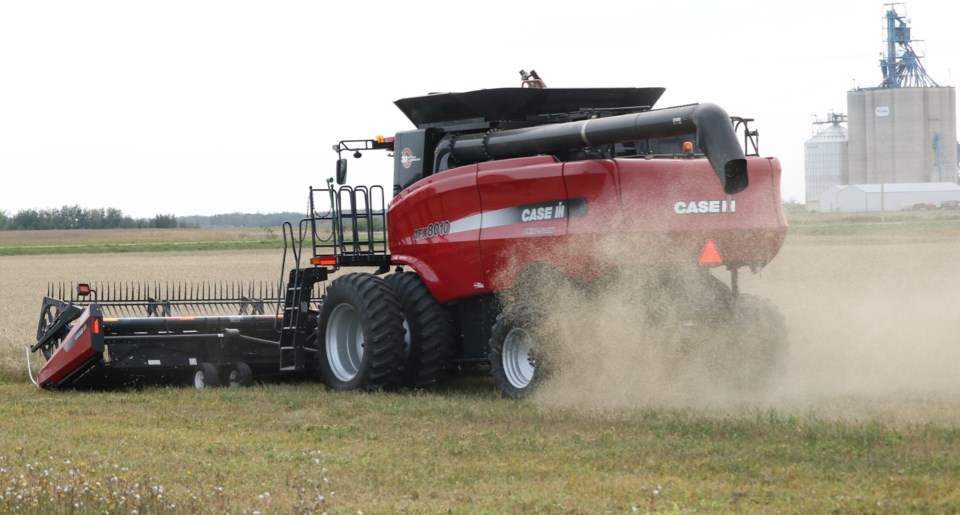YORKTON - You would hope trade would generally work unfettered as a supply and demand system.
If supplies are short demand should respond with better prices, and vice versa.
For farm production we like to think that is the way things work best, but supply and demand is too often trumped by outside forces.
Sometimes those forces are governments interfering on trade with tariffs and taxes to bolster domestic farm incomes, or limit exports, or to put pressure on other governments.
Then there are times war sends shudders of concern through those involved in trade and that creates a huge wild card in terms of free-flowing trade.
At present grain markets are in a weird position that reflects the above two conditions.
The U.S. Department of Agriculture is currently forecasting record world production of wheat, and that should mean markets respond by lowering prices. That isn’t good news for Canadian Prairie producers, but it is the way things are suppose to happen.
But, a chunk of the expected bumper crop of wheat is tied to a good crop in Russia.
With Russia flexing its muscles with an invasion of Ukraine, trade with Russia is not a smooth proposition these days.
Financial institutions are shying away from dealing with Russian institutions, and making trade deals with the country are frowned upon by countries who support Ukraine.
And, of course the war in Ukraine impacts crop production in that country too.
There are more than five million acres of farm land in Ukraine, so it can be a major producer, but the war puts pressure on securing inputs such as fertilizer, and the threat of bombings by Russia on Ukraine ports threatens to cut off exports at any time.
It’s a situation which has to have buyers antsy in terms of securing supply moving forward, even as production is expected to potentially be very high.
That could signal that grain prices, in particular wheat, stay higher than would normally be expected.
For farmers here, in the midst of a later than normal harvest, but with yields good in large areas of the Prairies, that is an opportunity to realize better process moving forward than might be expected if not for the war in Ukraine.
It is unfortunate an opportunity is tied to the plight of Ukraine fighting against an invading force that makes no sense what so ever, but that is the way of world trade.
Since the war is likely to drag on, and Russia may well turn its attention to other countries in the future under the tyranny of its leader Vladimir Putin, markets are likely to be more volatile than normal at least moving through the remainder of this year, and well into 2023.

